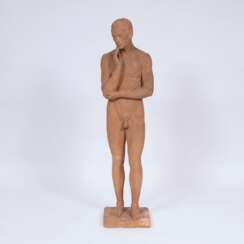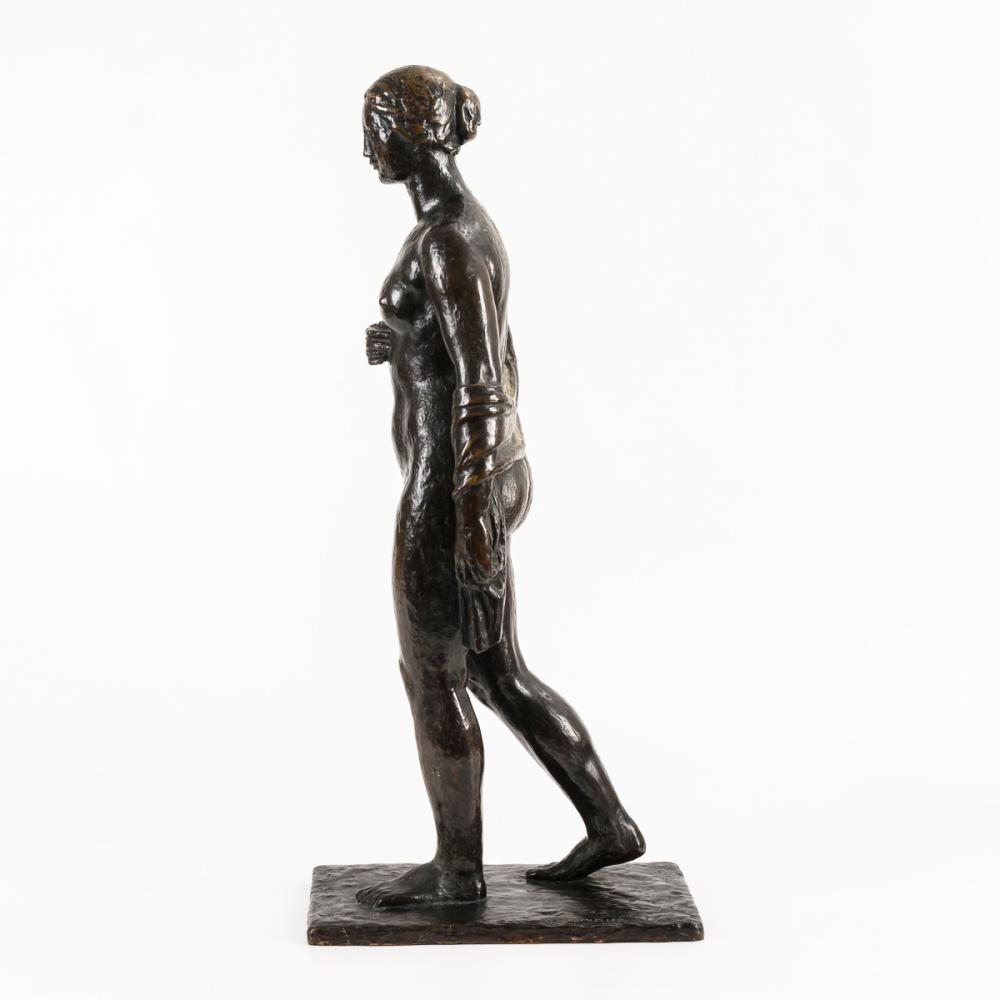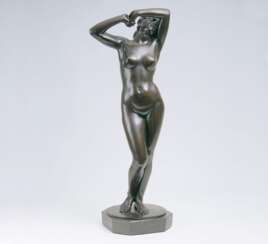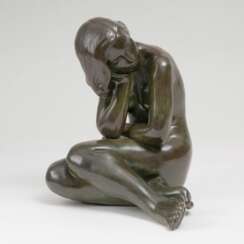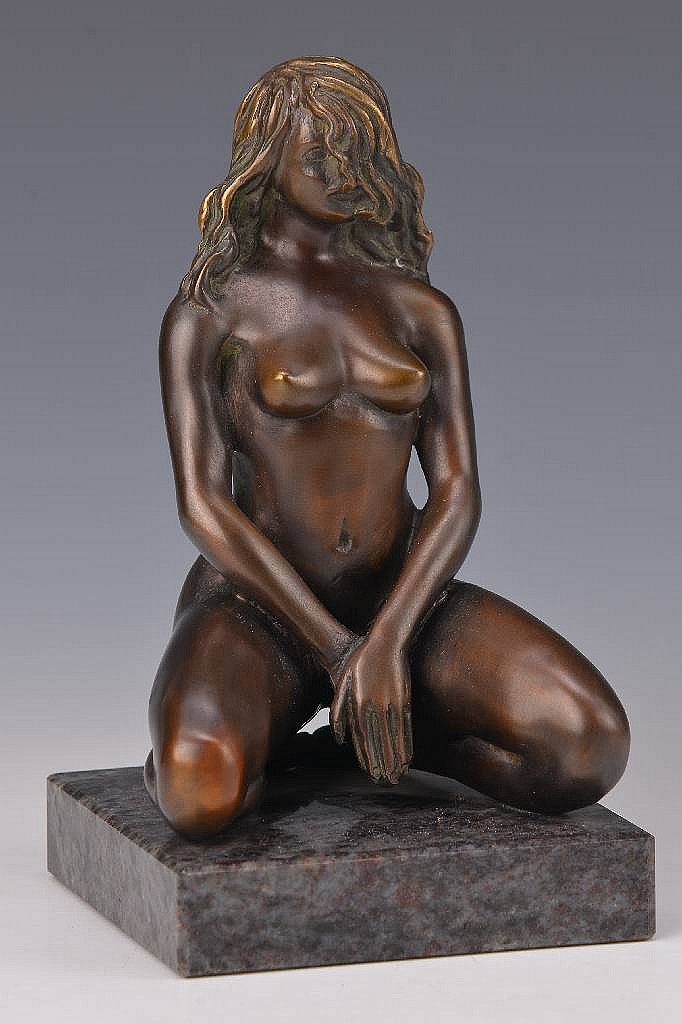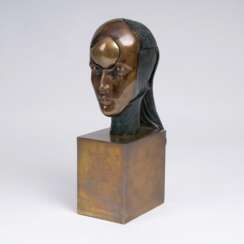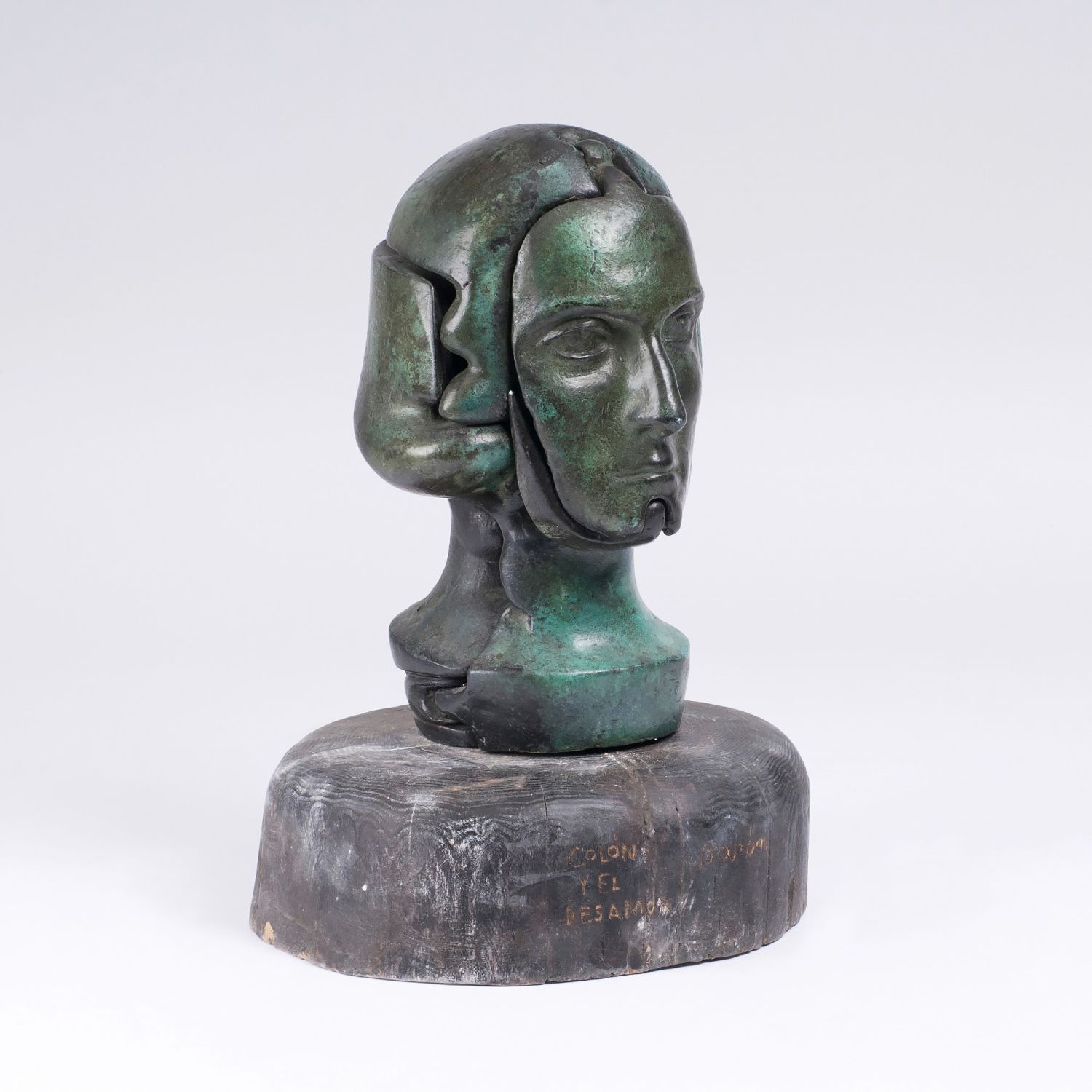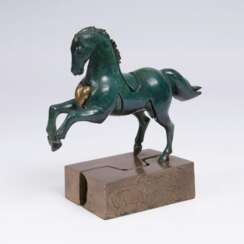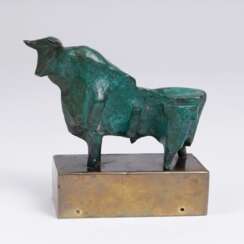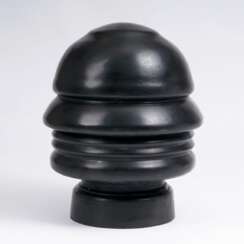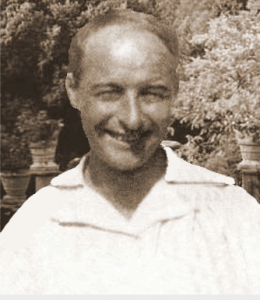
Sculptures and Bronzes — Art and antiques

Roger Godchaux was a French sculptor, painter, and draftsman, recognized for his exceptional portrayal of animal figures. Born on December 21, 1878, in Vendôme, France, Godchaux's journey in the arts was marked by innovation and a profound connection to the animal form, particularly felines and elephants. His academic training at the Ecole des Beaux-Arts under the tutelage of Jules Adler and Jean-Léon Gérôme honed his skills, leading him to exhibit annually at the Salon des Artistes Français from 1905.
Godchaux's works are characterized by their dynamic force and volume, a testament to his rigorous observation and detailed drawings. His models, often sourced from zoos, allowed him to capture the dense muscularity of young felines and large animals, creating sculptures that are both lifelike and expressive. His admiration for Antoine-Louis Barye is evident in the vitality and precision of his animal sculptures.
For collectors and connoisseurs of fine animalier sculpture, Roger Godchaux's works remain a pinnacle of the genre. His sculptures, paintings, and designs can be found in galleries and private collections, celebrated for their timeless appeal and artistic excellence. To explore Godchaux's captivating world of animal art, sign up for our updates and discover the depth of his sculptural legacy.
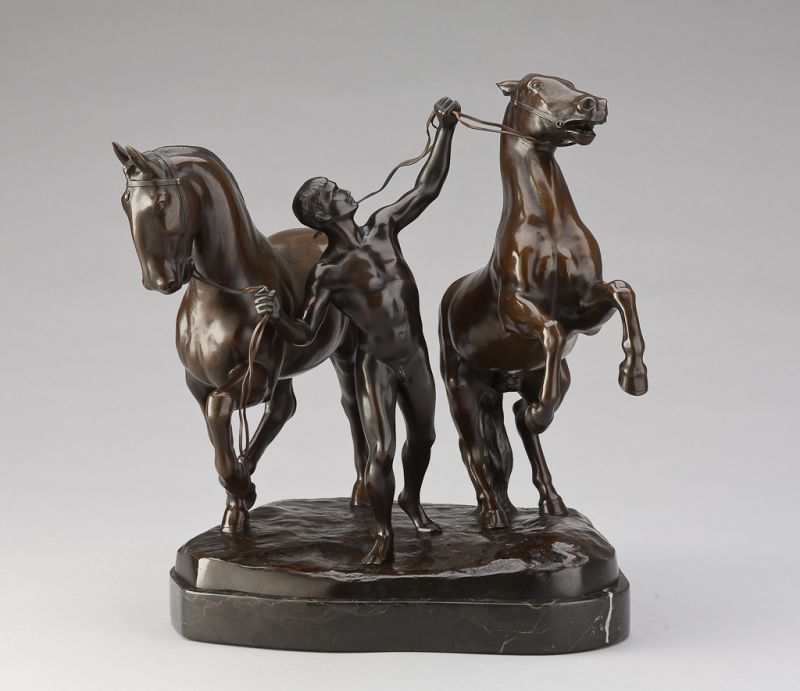
Rudolf Kaesbach was a German sculptor.
Rudolf Kaesbach studied at the academies of Hanau (drawing), Paris (foundry) and Brussels. In Düsseldorf he ran a workshop in which he cast his own models.
After 1904, Rudolf Kesbach presented a series of life-size marble figures to the public at exhibitions in Berlin, Düsseldorf and Malmö. Later he devoted himself increasingly to the depiction of nude women. Much of his work took him beyond Art Nouveau to Art Deco.
In 1939, 1940, 1941 and 1943, Kiesbach exhibited his sculptures at the Great German Art Exhibitions in Munich. These exhibitions were representative under National Socialism.
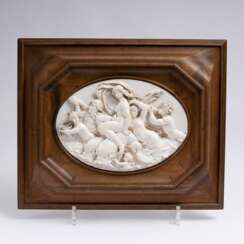



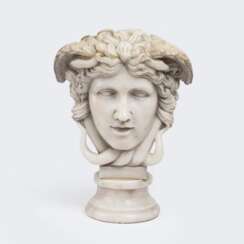

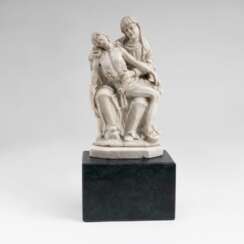

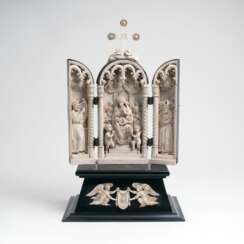



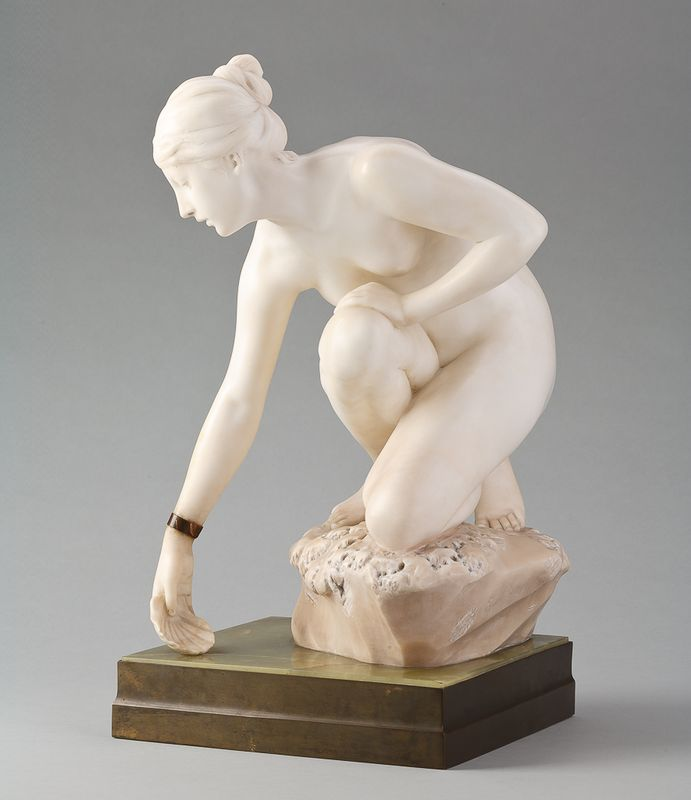




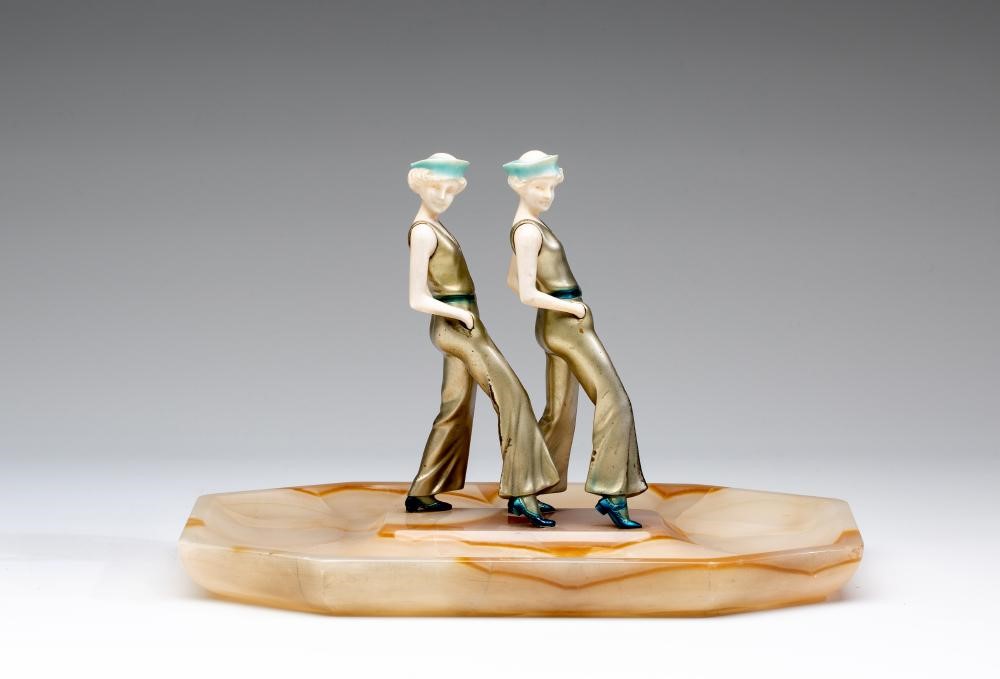




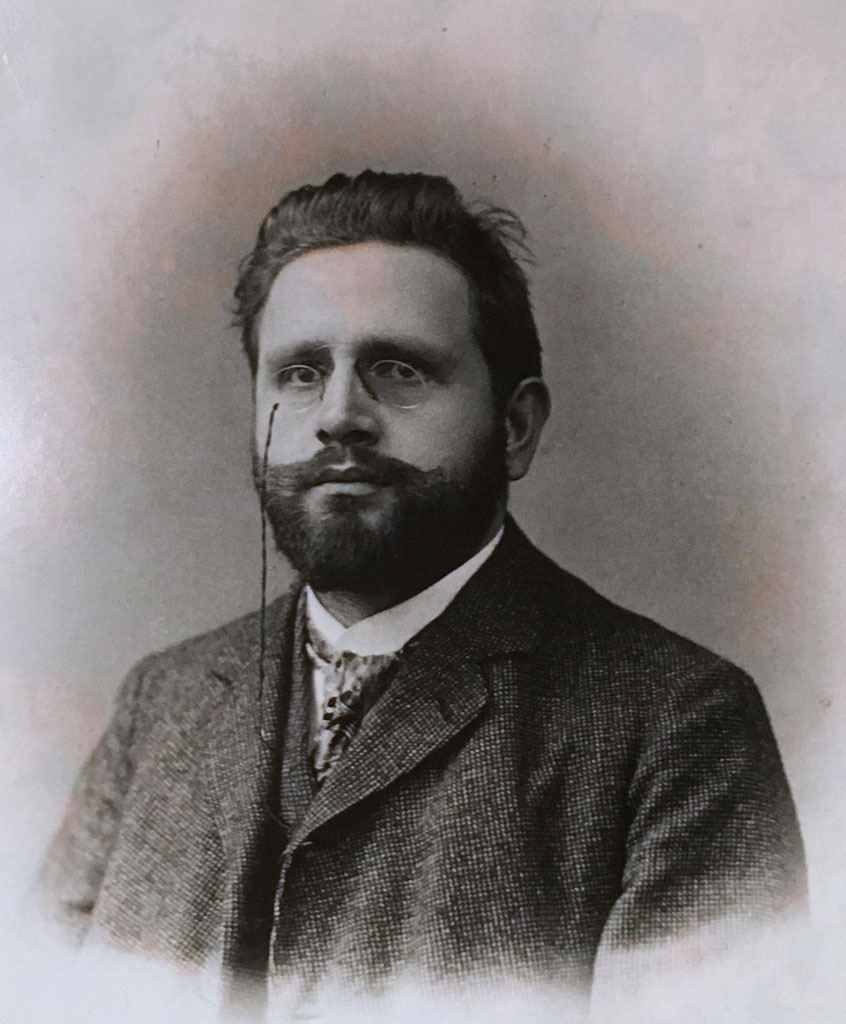
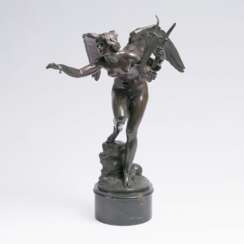

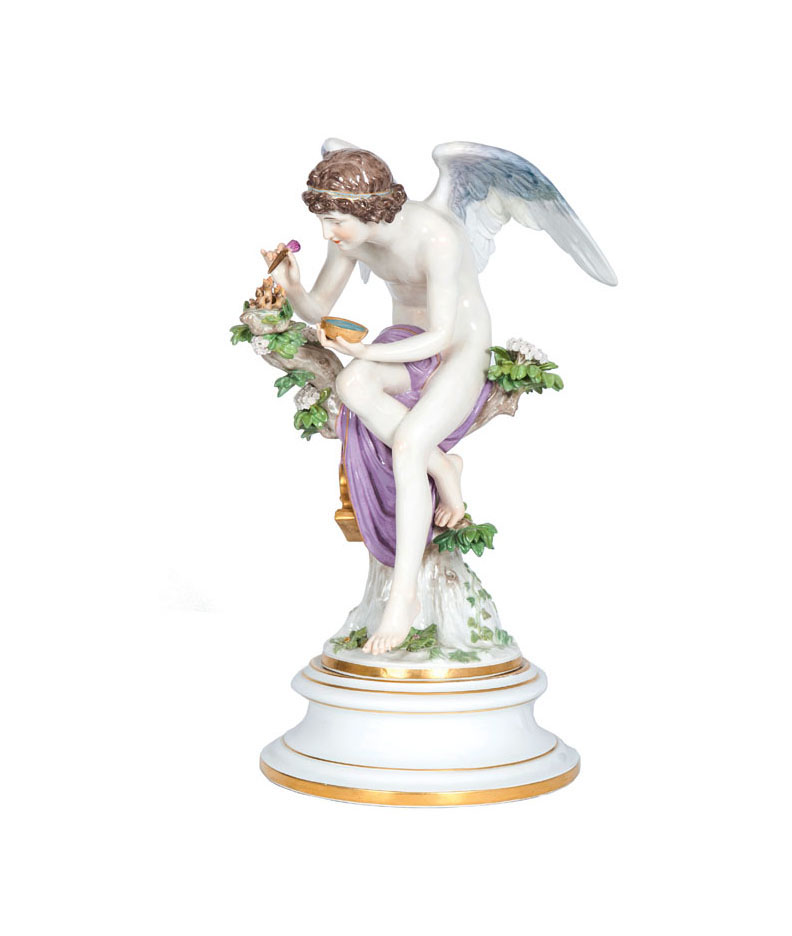
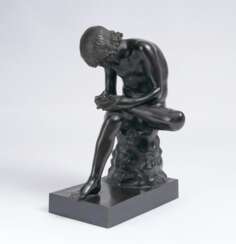

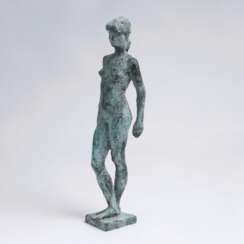



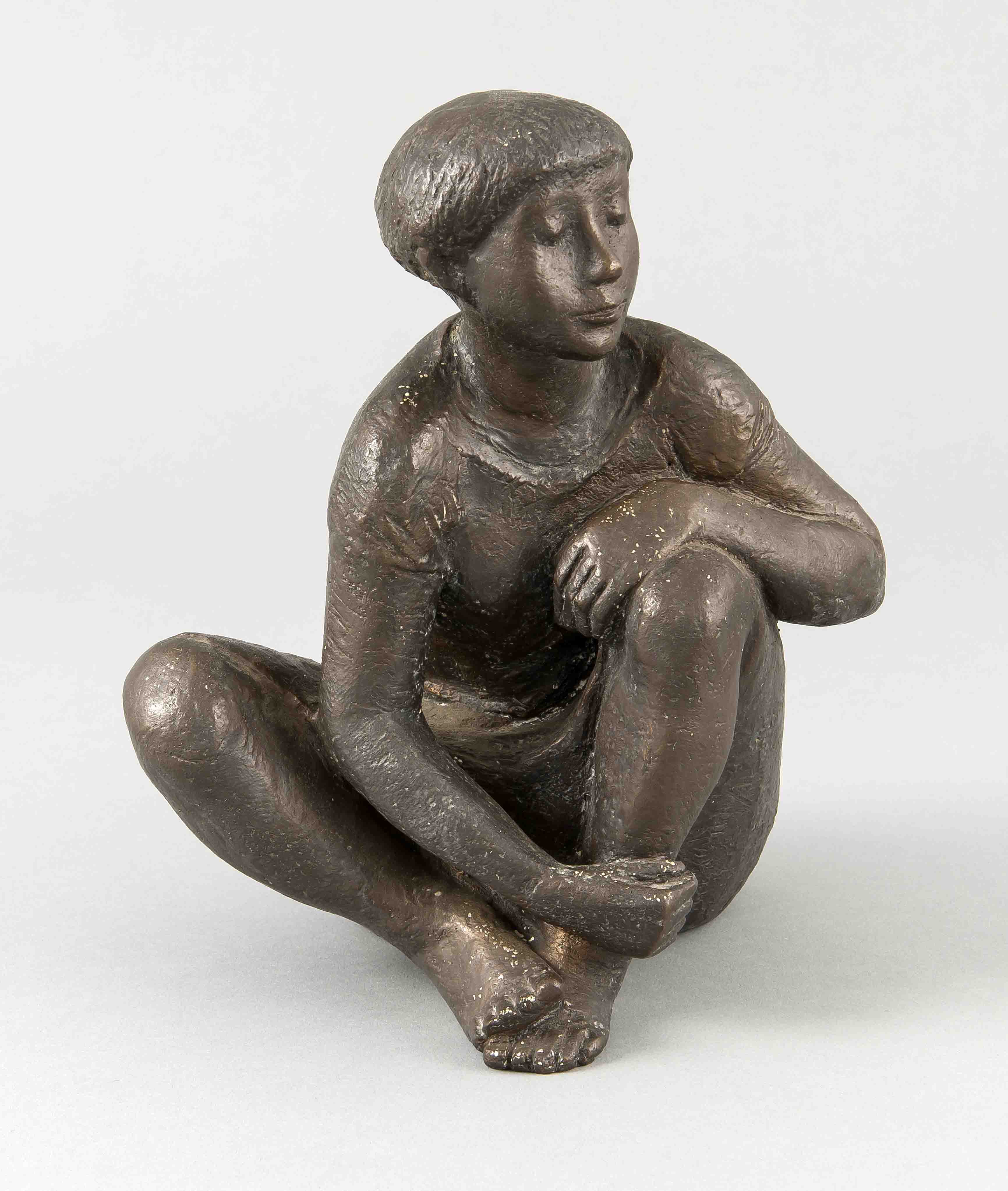
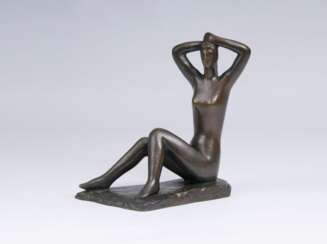

 Röwer.jpg)
